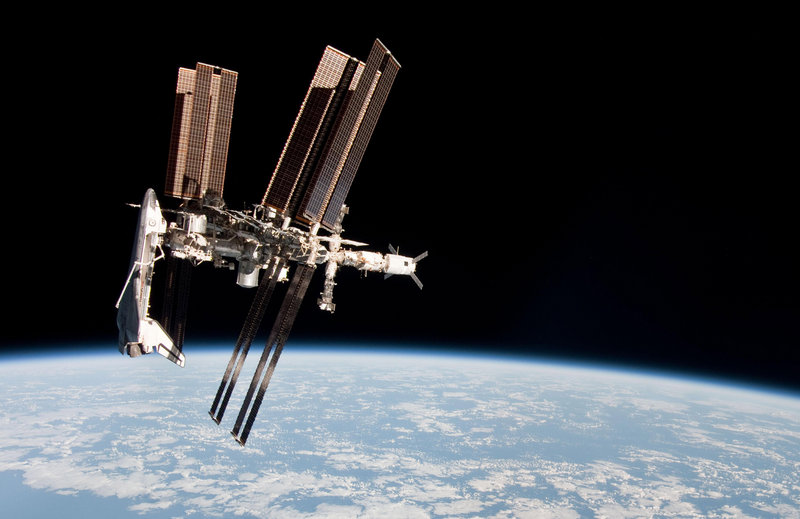Even for those who aren’t old enough to remember the early triumphs of the “space race,” almost everyone now living has seen something produced by our explorations of the solar system and the universe beyond it to make them value the effort.
Missions that carried humans to the moon, and unmanned probes that have contributed immensely to our familiarity with our sun’s family of planets and moons, comets and asteroids, have greatly increased the sum of human knowledge.
But even beyond that, they have given us images of glory and grandeur beyond any that our imaginations could provide. Who knew there were volcanos on Jupiter’s moon, Io, or hidden oceans underneath miles of ice on another moon, Europa, or rings around all the gas giants, not just the highly visible ones circling Saturn?
Rover photos from the surface of Mars and revealing portraits of all the other planets have enthralled and entranced us, as have photos from space telescopes that have revealed the beauty and wonder hidden in our own galaxy and those that lie beyond it.
In the meantime, the ability to cheaply and easily launch satellites into Earth orbit has given us instantaneous communication anywhere on Earth, so that explorers can phone home from Antarctica as easily as from Arizona, and live TV coverage is available anywhere. Indeed, a couple of generations ago the idea that the private homes of average families would sprout satellite dishes would have been considered the wildest science fiction, but now it is common.
So why is it that, seemingly almost overnight, we appear to have abandoned any effort to send people into space? Some of it is planned: The space shuttle program was cumbersome and overly expensive and deserved to be halted. But U.S. plans to replace it have been discarded in recent years, and our ability to reach the last remaining human outpost above the atmosphere, the International Space Station, was ceded to the Russians — who now have had to put their Soyuz program on hold due to mechanical failures.
That means station astronauts may have to use their escape capsules to come home within the next few weeks — not because they lack supplies, but because the capsules themselves will soon become risky to use due to corrosion and maintenance problems.
While private enterprise is getting closer to being able to launch “space tourism” flights above the atmosphere, and one company has a $1.6 billion contract to loft unmanned resupply flights to the space station, such firms remain a long way from putting humans into actual orbit.
The station is not in trouble, as it can be kept stable from the ground. Still, humanity is at least temporarily unable to reach a spot a mere 200 miles away — if that spot is above our heads.
It’s more than disappointing, it’s a betrayal of our basic nature — our profound and deeply rooted need to boldly go where no one has gone before.
Send questions/comments to the editors.



Success. Please wait for the page to reload. If the page does not reload within 5 seconds, please refresh the page.
Enter your email and password to access comments.
Hi, to comment on stories you must . This profile is in addition to your subscription and website login.
Already have a commenting profile? .
Invalid username/password.
Please check your email to confirm and complete your registration.
Only subscribers are eligible to post comments. Please subscribe or login first for digital access. Here’s why.
Use the form below to reset your password. When you've submitted your account email, we will send an email with a reset code.